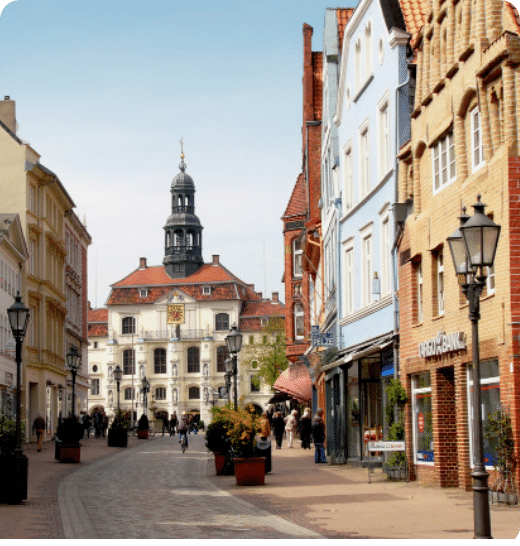
Being at the forefront of the German energy transition Avacon has been challenged by a fast growth of decentral generation. Particularly in rural regions grid operators are dealing with low- and medium voltage networks that are exporting a significant surplus of locally produced energy.
This influx of decentral generation has been a challenge for the existing networks, to an extent where investments in additional network capacity cannot always keep up with the growth of decentral generation. A well-known fact is that today large amounts of renewable energy have to be curtailed in times of high stress on the grid to maintain safe and secure network operation. Flexibility could help DSOs to reduce curtailments, by implementing strategies that allow for more precise control of generation and a local granularity of control signals. But how could DSOs implement these new strategies?
InterFlex has allowed to develop a control platform that makes it possible for DSOs in Germany to directly connect to smart meters in households. This enables DSOs to identify critical situations earlier and better. It also allows direct control of LV-connected generation through the smart meter. With this, DSOs can carry out inevitable curtailments on a smaller regional scale and with a higher granularity and precision.
In addition, this new technology, dubbed the “Smart Grid Hub”, also enables a new approach for DSO-control of flexible loads. During the cold season electrical heating accounts for a large share of network load and this represents a potential source of flexibility. The Smart Grid Hub enables DSOs to carry out existing double-tariff switching via the smart meter infrastructure. And with this, advanced strategies for the management of flexibility become viable. For example, the double-tariff scheme in place today operates at fixed hours, activating all heating customers at once. The Smart Grid Hub allows DSOs to switch each customer individually and to implement dynamic switching. This leads to a better distribution of the load during peak hours and enables additional use cases that could potentially lead to a reduction in grid balancing costs.
The Smart Grid Hub is designed to be a part of the DSO grid control with a direct ICCP-interface to the DSO SCADA and ADMS. It also integrates seamlessly with the national smart meter framework in Germany and creates a direct connection between DSO and LV connected customers.
LOCATION
Lüneburg, Germany
PROJECT SCOPE
- 60 private households offering flexibility (PV, storage heaters, heat pumps) equipped with smart meters and connected control device
- Development, implementation and field test demonstration of Smart Grid Hub, fully integrated with grid control and smart meter backbone
PROJECT PARTNERS
- Avacon AG
- Avacon Netz GmbH
- E.Kundenservice Netz
- E.ON Digital Technology
IMPLEMENTED USE CASES
- UC1: Decentral Energy Resources Curtailments in Low Voltage networks
- UC2: Ancillary services provided by low voltage connected flexibility
- UC3: Demand response of LV connected flexibility
DEMO SPECIFICS & ACHIEVEMENTS
- First demonstration of DSO direct control of low voltage connected customers via smart meter in Germany
- Successful demonstration of alternative ways to exert control in LV networks
- Powerful data collection capabilities and improved network visibility
German Demonstrator
Testimonial of the German project team
